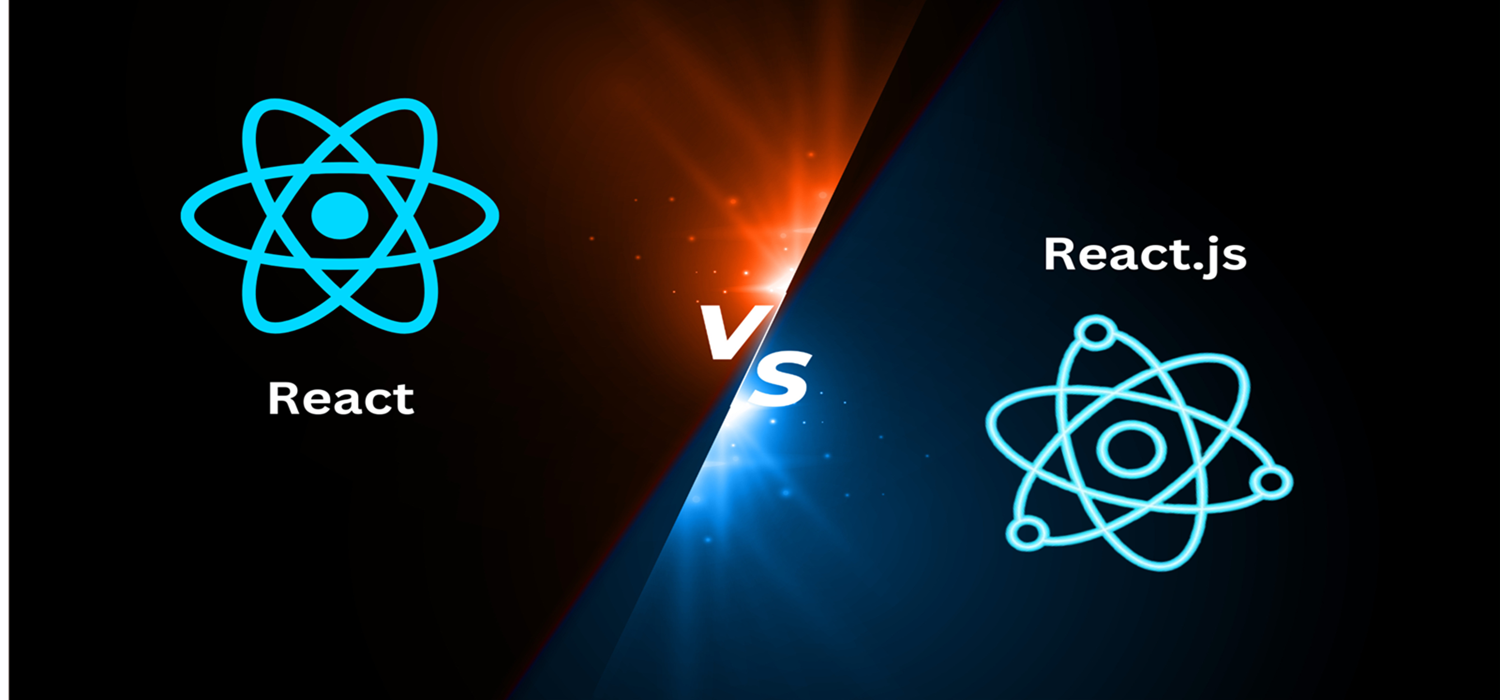React Native vs React JS: Trends and Updates for 2025
 Olivia Davis
Olivia Davis
React JS and React Native power some of the world's most dynamic web and mobile applications. From high-performance webpages to seamless cross-platform mobile experiences, these technologies have changed the way modern applications are designed.
React JS enables developers to create interactive and efficient online interfaces, while React Native eliminates platform fragmentation, allowing mobile apps to work seamlessly on both iOS and Android using the same codebase.
As 2025 approaches, it’s crucial to stay up to date with the latest innovations in React and React Native. Adapting to new breakthroughs will allow businesses and developers to build smarter, faster, and more scalable applications in an ever-changing digital ecosystem.
React Native vs. React JS: A Quick Comparison
What is React Native?
React Native is a cross-platform mobile framework that allows developers to build native-like mobile apps for iOS and Android with a single JavaScript codebase. Unlike traditional mobile app development, which requires separate code for each platform, React Native simplifies the process while maintaining a close user experience.
Best for:
✔️ Mobile applications for both iOS & Android
✔️ Faster development with code reusability
✔️ Apps requiring near-native performance
By choosing to hire React Native app developers, businesses can accelerate their mobile app projects while maintaining high performance and seamless user experiences.
What is React JS?
Facebook created React JS, a JavaScript package used to create fast and interactive user interfaces for online apps. It uses a component-based architecture, which enables developers to create reusable UI elements that improve development efficiency. Businesses can use React JS to build highly responsive and dynamic web applications that provide a seamless user experience.
Best for:
✔️ Single-page applications (SPAs)
✔️ Complex and interactive web apps
✔️ High-performance front-end development
Key Differences: Performance, Usability, and Flexibility
Feature | React JS (Web) | React Native (Mobile) |
Platform | Web browsers | iOS & Android |
Performance | Fast with virtual DOM | Near-native performance with native modules |
Code Reusability | Web components reusable across web projects | Single codebase for iOS & Android |
UI Components | HTML, CSS, JS-based components | Uses native components (e.g., View, Text) |
Flexibility | Works with multiple frameworks | Best for mobile but can integrate with native code |
Best Use Case | Web apps, dashboards, SPAs | Mobile apps with native-like experience |
Top Trends & Updates in React JS for 2025
1. Server-Side Rendering (SSR) Enhancements
With the growing desire for faster load times and better SEO, React’s SSR capabilities are evolving. Next.js, a popular React framework, continues to enhance SSR functionality by introducing improved caching, edge functions, and incremental static regeneration (ISR) for better performance and scalability. In 2025, we should expect smaller server payloads and more seamless hydration mechanisms.
2. React Server Components & Suspense Advancements
React Server Components (RSC) are changing the way applications handle rendering by reducing JavaScript bundle sizes and adding more functionality to the server. Combined with Suspense for data fetching, developers can now build faster, more efficient web applications with improved lazy loading, caching methods, and optimized rendering routines.
3. AI-Powered Development Tools & Automation
AI-powered code helpers, debuggers, and auto-optimization frameworks are making React development more intelligent. Tools like GitHub Copilot and AI-powered UI generators also help developers write better code, identify inefficiencies, and suggest design improvements. Expect more AI-assisted coding tools in IDEs to shorten development cycles.
4. Emerging React Libraries & Frameworks
The React ecosystem is evolving to include additional libraries and frameworks that improve usability, performance, and developer experience. Some of the key trends include:
Remix.js is a full-stack framework that improves SSR and data fetching functionality.
Tamagui is a global UI framework for customizing React online and mobile projects.
React AR/VR - Immersive experiences powered by React 360 and WebXR are becoming increasingly popular.
With this development, React JS in 2025 has become more powerful than ever, allowing organizations to build high-performance, scalable, and AI-assisted online applications.
Which One Should You Choose in 2025?
Your project goals, target platform, and scalability needs will determine whether you use React JS or React Native.
✅ When to Use React JS?
React JS is the best choice if you are building:
Single-page applications (SPAs) that provide dynamic and interactive user experiences.
Admin panels with data-intensive dashboards and real-time updates.
SEO-friendly web applications that use server-side rendering (SSR) and static creation.
Progressive web applications (PWAs) provide near-native capabilities in browsers.
✔️ Example: Enterprise web platform, SaaS application, social media dashboard.
✅ When to Use React Native?
React Native is ideal if you need:
Unified codebase for iOS and Android apps, which reduces development costs.
JavaScript provides near-native speed while being flexible.
Faster time-to-market solutions using reusable components and third-party integrations.
Offline capabilities based on native device features like push notifications, GPS, and storage.
✔️ Example: Mobile e-commerce apps, fintech apps, social networking apps.
Conclusion
In 2025, both React JS and React Native will continue to progress, with cutting-edge improvements in performance, server-side rendering, AI-driven development, and cross-platform functionality.
Key trends shaping the React ecosystem include:
Improved Server-Side Rendering (SSR) for better speed and SEO.
Optimized rendering and data fetching with React Server Components and Suspense.
AI-powered development tools for faster and smarter code.
New libraries and frameworks enhance React's functionality.
Why does staying updated matter?
The React ecosystem is always evolving, and organizations that can adapt to new trends gain a competitive advantage through faster, more scalable, and efficient applications. Whether you're developing a high-performance web application or a cross-platform mobile solution, incorporating the latest advancements ensures that your project is future-proof and ready for the future.
Stay ahead of the game! Follow our blog for the latest React updates, expert insights, and development best practices.
Subscribe to my newsletter
Read articles from Olivia Davis directly inside your inbox. Subscribe to the newsletter, and don't miss out.
Written by
